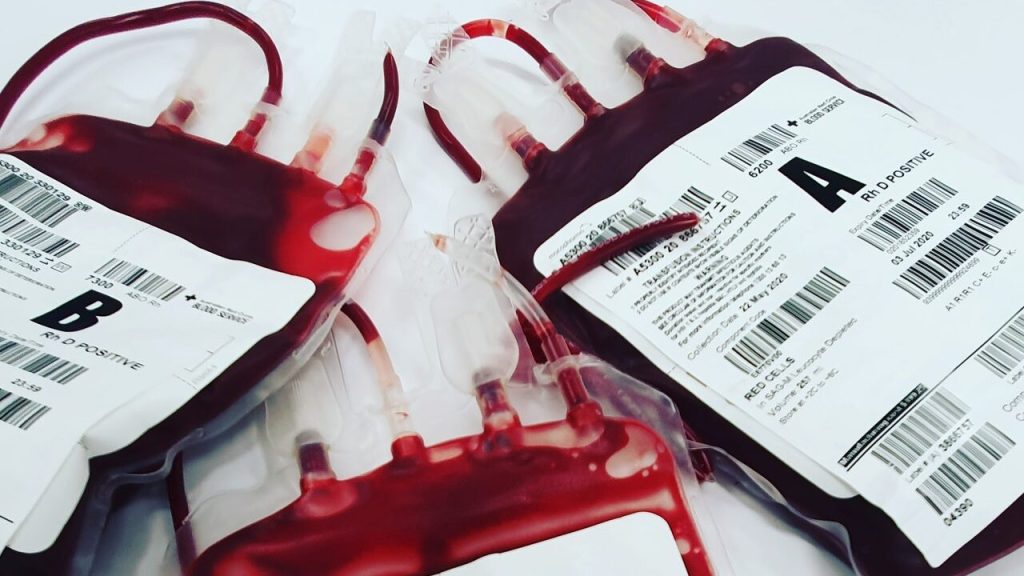Regular Probiotic Use Could go a Long Way in Preventing Diarrhoea and Illness

Diarrhoeal disease outbreaks are on the increase in South Africa owing to unsafe or unhygienic water sources, which is being compounded by the effects of loadshedding.1 Equally, the deadly floods that affected particularly the Eastern Cape and KwaZulu-Natal in April last year damaged an already ailing sewerage and water system, with millions of litres of untreated sewage spilling onto beaches, rivers, harbours and the ocean in and around Durban.2
This has resulted in an increased incidence of gastroenteritis, which is caused by intestinal infection owing to the contamination of food, water or hands.3 Acute-onset vomiting and diarrhoea is second only to respiratory illnesses as a cause of childhood deaths worldwide.3
Diarrhoea accounts for 19% of deaths of under-fives in South Africa and for 46% on the African continent.4 Acute diarrhoea has several risks and complications, and may lead to life-threatening dehydration and electrolyte disturbances.3 When diarrhoea is not halted, there is a risk of disturbed digestion and absorption of nutrients with nutritional deterioration.3
Guidelines published in the South African Medical Journal (SAMJ) state that acute diarrhoea is predominantly a problem of fluids and feeding – both being heavily dependent on the caregiver’s understanding and reactions.3
It is vital that healthcare practitioners and caregivers understand the ‘what’ and the ‘how’ of oral rehydration therapy (ORT) and re-feeding, and that they are given guidance on the need to seek further help in the event of the following:3
• Ongoing vomiting despite small fluid sips, especially if associated with abdominal distension or pain
• Persisting fever after 24 hours of ORT
• Increasing lethargy and failure to feed
• Deteriorating hydration and failure to pass urine
• Presence of blood in the stools
• Diarrhoea persisting for more than 1 week.
Momeena Omarjee, Consumer Healthcare Country Head: Scientific Affairs, at Sanofi South Africa, outlines an ambitious campaign by Sanofi in partnership with non-profit organisation (NPO), Save the Children, to impact over 2 000 000 lives by 2025, through education on hygiene and nutrition and improved access to water.
“Sanofi is committed to ensuring that no child dies of a preventable disease. Since October 2022, Sanofi has donated 15 water tanks and 14 hand-washing stations to Early Childhood Development centres in KwaZulu-Natal communities in need, to ensure access to clean, drinkable water. This will help to curb the prevalence of diarrhoea and diarrhoea-associated deaths in children under five, which are entirely avoidable,” says Omarjee.
“Children living in poverty-stricken environments are approximately 10 times more likely to die from diarrhoea than their more privileged counterparts.5 Providing adequate access to clean, drinkable water and quality early childcare and development will impact the lives and health of so many vulnerable children,” says Omarjee.
Several studies have shown that probiotics shorten the duration of diarrhoea and prevent recurrence of other episodes.6 Furthermore, probiotics can prevent diarrhoea from infection in infants with malnutrition.6
The World Gastroenterology Organisation states that oral administration of probiotics shortens the duration of acute diarrheal illness in children by approximately 1 day.7 There is also evidence of efficacy in adults or children who are receiving antibiotic therapy, for prevention of antibiotic-associated diarrhoea.7
“Healthcare professionals should encourage parents to give children a daily, regular probiotic, which could go a long way in preventing diarrhoea and illness,” concludes Omarjee.
References
- Ebrahim, N. Western Cape Municipality asks residents to boil water as load shedding hits treatment plants. News24, 16 January 2023, available from: https://www.news24.com/fin24/economy/municipality-voices-concerns-over-water-quality-and-sewage-spills-amid-load-shedding-20230116, accessed 29 May 2023.
- Khan, AJ. Water worries hang over Durban months after heavy flooding. The Guardian, 9 January 2023, available from: https://www.theguardian.com/environment/2023/jan/09/water-quality-worries-hang-over-durban-months-after-deadly-flooding, accessed 29 May 2023
- Wittenberg, DF. 2012. Management guidelines for acute infective diarrhoea/gastroenteritis in infants. SAMJ, vol. 102, No. 2.
- Awotione, O.F., et al. 2016. Systematic review: Diarrhoea in children under five years of age in South Africa (1997-2014). Tropical Medicine and International Health, 21(9), 1060-1070.
- Chola, L., et al. 2015. Reducing diarrhoea deaths in South Africa: costs and effects of scaling up essential interventions to prevent and treat diarrhoea in under five children. BMC Public Health, 15, 394.
- Solis, B. et al. 2002. Probiotics as a help in children suffering from malnutrition and diarrhoea. European Journal of Clinical Nutrition, 56, S57-59.
- World Gastroenterology Organisation. 2017. Global Guidelines: Probiotics and prebiotics, available from: https://www.worldgastroenterology.org/UserFiles/file/guidelines/probiotics-and-prebiotics-english-2017.pdf, accessed 29 May 2023.











